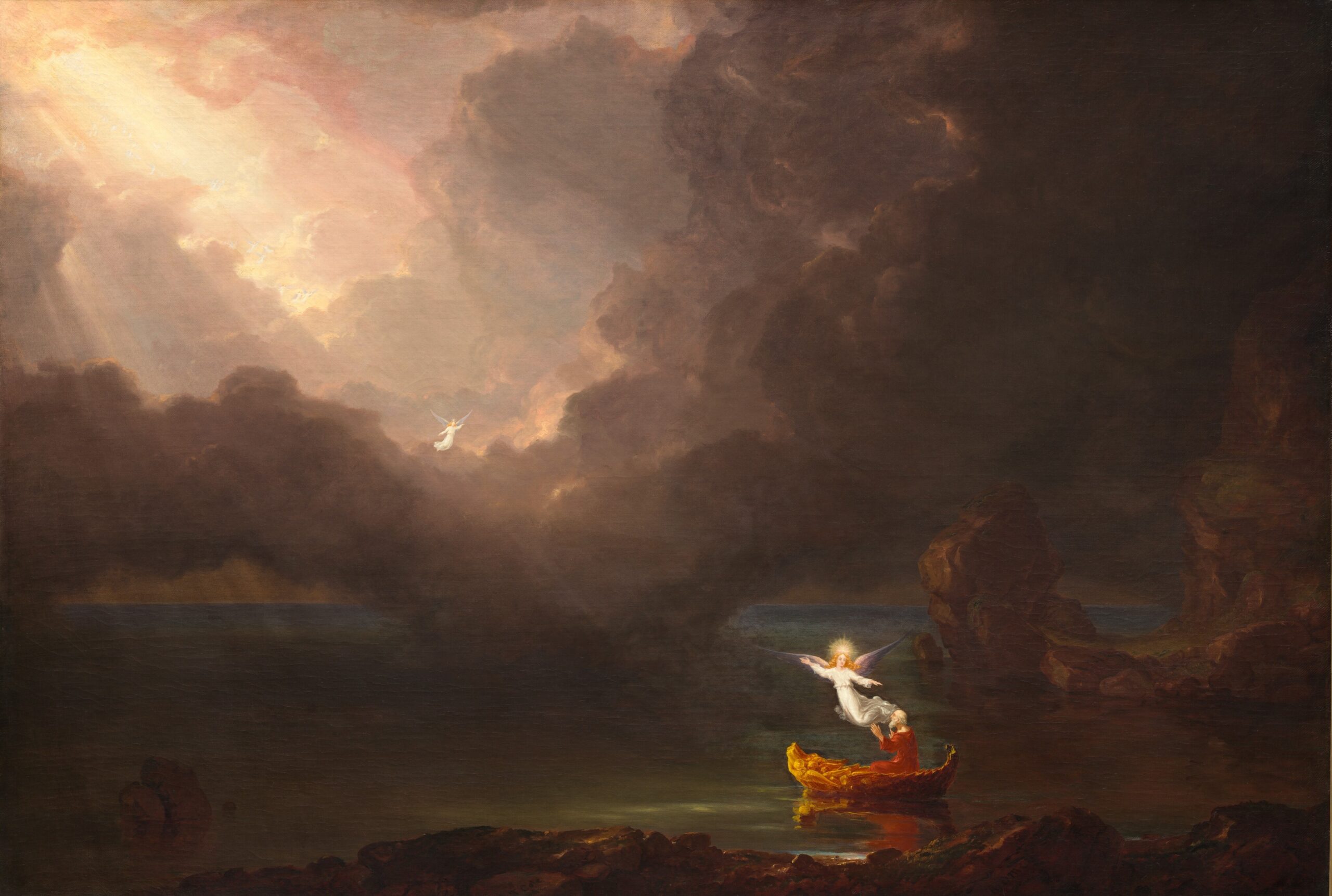Leonard Cohen once wrote the unforgettable line: “There is a crack in everything, that is how the light gets in.” Altought often quoted in sentimental tones, it carries a gravity that touches the core of mystical traditions. Cohen, who stood in the lineage of Jewish visionaries, was drawing from an intuition that reaches far beyond poetry. The image of the crack is much more than a metaphor for human fragility. It represents the very way that Divine light finds passage into the world. Imperfection, fracture and wound are the precise channels by which the eternal enters time.
I. The Light of Imperfection
The Christ of the Gospels is found in the company of those regarded as unworthy. Prostitutes, tax collectors, lepers and beggars become his companions, and the scandal lies in the fact that the Divine seeks the broken and not the seemingly whole. This is not a romantic embellishment but a central truth. The Light requires fissures. Without the wound, there is no passage. The Resurrection is preceded by pierced hands and a side torn open. The body of Christ shines with glory only after it has been broken.
The same paradox is expressed in the words of mystics like Mary Magdalene de Pazzi, who spoke of “dead love”, a love emptied of possession or pride, a love purified through loss. The place of dying becomes the place of birth. What seems diminished is in fact the opening of a greater vessel. In the Christian mystery, the wound consecrates. The chalice of suffering is lifted high because it is cracked. The Cross is scandal because it reveals perfection hidden inside imperfection.
This truth goes beyond Christianity alone. Sufi poets sing of the lover wounded by Divine arrows. The brokenness of the vessel is the very condition of illumination. To be intact is to be opaque. To be cracked is to become transparent to the Light.
II. The Secret of Tzimtzum
The Kabbalists of Safed in the sixteenth century spoke of the mystery of tzimtzum. Before the world was born, the Infinite contracted, withdrawing into Himself, creating a space in which creation could unfold. In that vacated space the divine Light streamed into vessels, but these were too fragile and shattered. This breaking, known as shevirat ha-kelim, was the necessary dispersion of Divine sparks into the depths of matter. Every fragment of the world conceals a spark, and every human act of repair is tikkun, the gathering and raising of those sparks back to their source.
The image of the shattered vessel mirrors Cohen’s crack. Without fracture, the light remains locked in its source. Only through breaking does it travel outward. The Kabbalistic myth teaches that creation is born from contraction and rupture. Wholeness would mean no world at all. The universe itself depends on Divine self-limitation and the scattering of Light through broken containers.
To meditate on this is to recognise that fragility is vehicle and conduit for Divine presence. The scar is the sign of consecration. This is why the mystics do not fear imperfection, as they see in it the memory of the beginning, when God withdrew and the world trembled with the weight of light.
III. The Wound as Altar
When read together, the song of Cohen, the wounds of Christ, and the doctrine of tzimtzum form a single teaching. The divine chooses the fissured, the pierced. A body without scar would offer no entry. A vessel without fracture would keep the Light imprisoned. A soul without failure would be unfit for mercy.
The mystics insist on this reversal. The world tells us that strength is without weakness, but the Spirit teaches otherwise. Strength is shown in vulnerability. The Rose blossoms from thorns. The brokenness of the world is a veil through which the hidden Glory shines.
Mary, Speculum Iustitiae, the Mirror of Justice, gathers within herself both the lunar and the venereal aspects of divine femininity. She embodies the maternal moon, reflective and receptive, and the morning star, radiant and desirous. She too becomes the vessel of Light precisely through her fiat, “let it be done unto me.” Her body, her humility and consent open the path for the Word.
Cohen’s phrase, whilst deceptively simple, holds in its cadence the memory of an ancient mystery. The crack is the doorway of the eternal. Whether in the shattered vessels of the Kabbalists, the pierced body of Christ, or the tears of mystics, the pattern is the same. Light requires imperfection. The song is the same across traditions, whispered in different tongues: there is a crack in everything. That is how the light gets in.
Fiat Lux.
